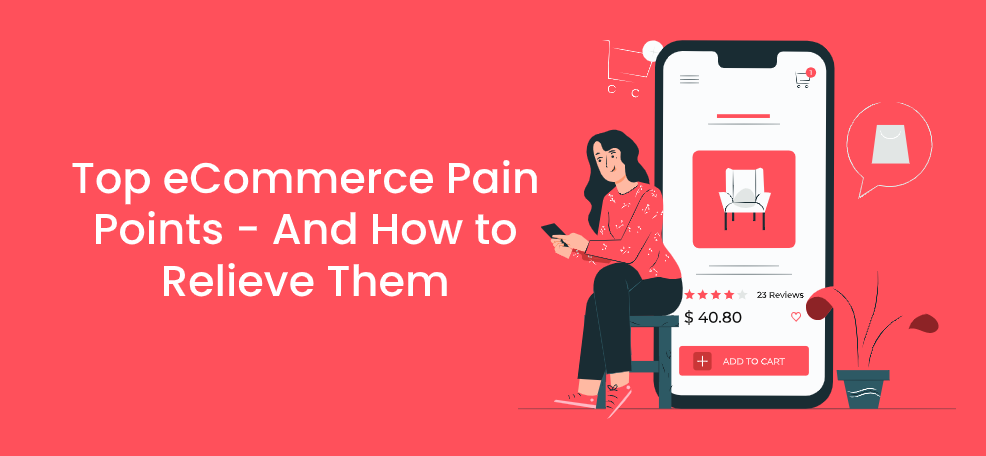The world is seeing accelerated eCommerce growth, with sales increasing a massive 14.9% in 2019.
Impressive, but even though eCommerce is growing fast, it still has a tiny piece of the pie in comparison to retail. With e-retail sales reaching 3.5 trillion U.S. dollars in 2019, it accounted for only 14.1% of all retail sales worldwide.
And according to the Baymard Institute, eCommerce stores have a 69.57% abandonment rate. This means that only 3 out of 10 potential customers complete a purchase when shopping online. Money is being left on the table.
Why is the conversion rate so low?
There are numerous eCommerce pain points that cause friction and prevent shoppers from completing their online purchases. Unless you address these, you will lose sales and your customers may shop elsewhere.
In this article, we’re going to take a look at the top eCommerce pain points, and we’ll also show you exactly how to fix them.
But, first…
What is Customer Pain Point?
A customer pain point is an issue that a potential customer has which is preventing them from completing the purchase.
Pain points are varied (as we’ll see), but they all boil down to one thing: The customer wants to make a purchase, but their experience has not matched up to expectations of what their shopping journey should look like.
Essentially, the user experience causes so much friction that it’s outweighing the pros of making the purchase. It could be a payment pain point, a support pain point, or even a design pain point.
Because the root cause of this pain can be so varied depending on each shopper, you must do your best to solve all possible customer pain points. Let’s now take a closer look at what these are.
No Guest Checkout
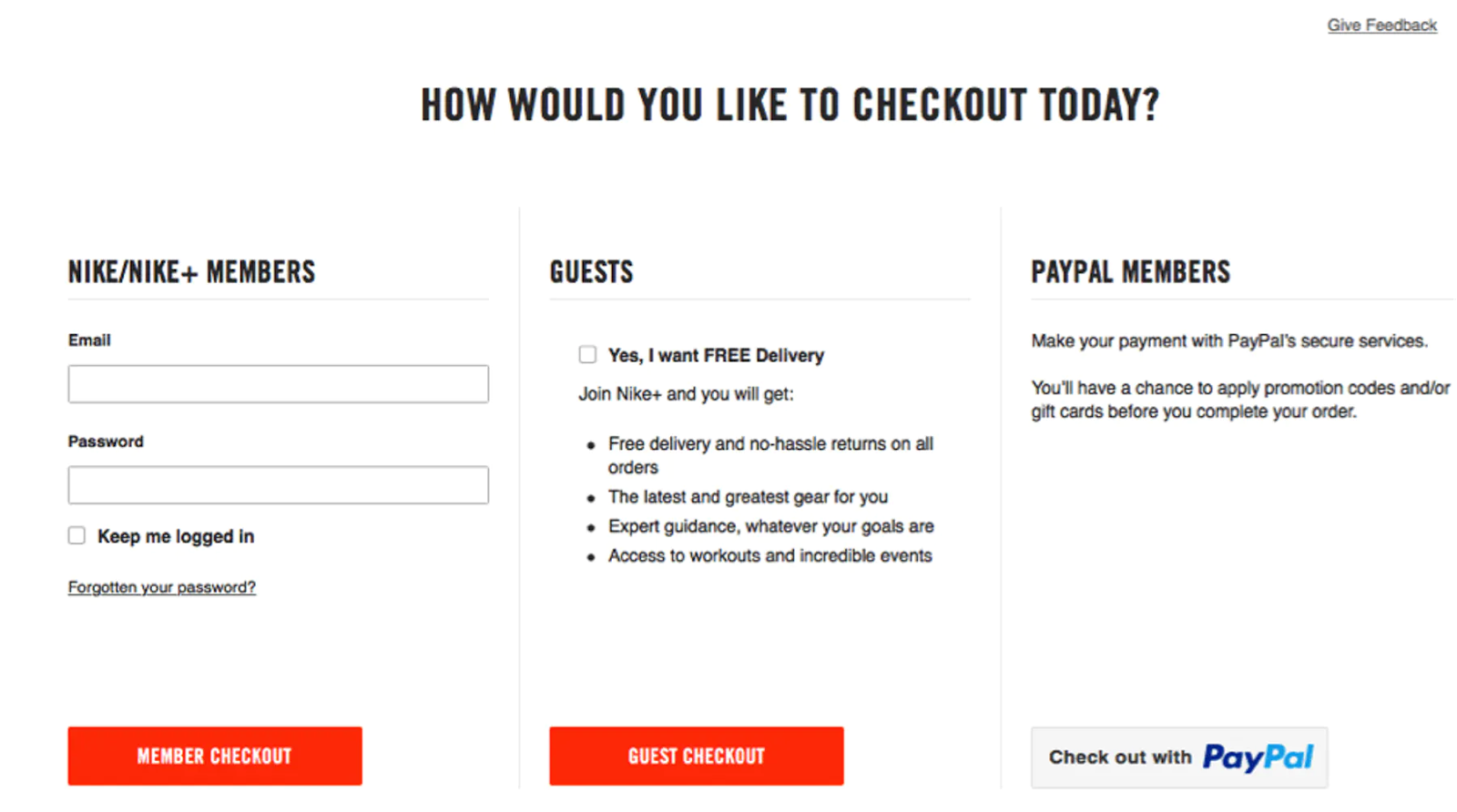
Sometimes, a prospective, first-time customer will arrive on your site in a real hurry. They want to complete their purchase quickly… and they especially don’t have time to be slowed down by being asked to create an account in order to complete their purchase.
For many first-time customers, the option of being able to checkout as a guest is super convenient. It ensures a smooth, fast checkout process that leaves them with a positive experience of your store.
If, on the other hand, you refuse to let them make a purchase without first creating an account, they may click back and go to another online store.
Moreover, you can still capture their details by asking if they’d like to create an account after they’ve made their purchase, or by using a popup to grab their email address.
Either way, the key is that you have a) got their custom and b) you’ve provided them with a hassle-free shopping experience which they won’t forget.
Missing Product Filtering and Sorting
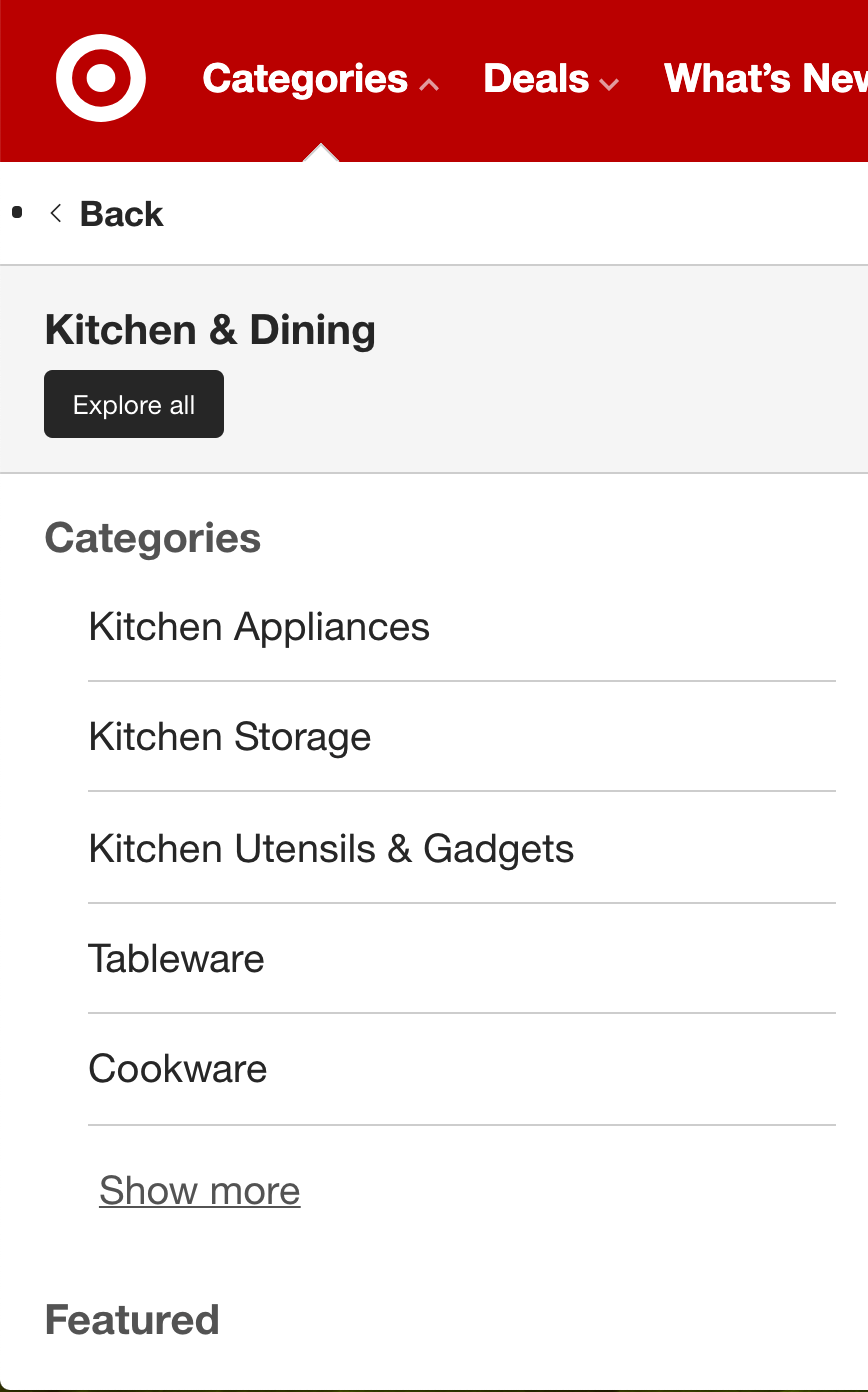
One of the most overlooked eCommerce pain points is missing product filtering and sorting.
Product filtering and sorting are essentially when your customers are able to browse your inventory and find the products they’re looking for without any hassle. They can, for example, use dropdown menus that allow them to set basic things like size, style, and price.
To improve your product filtering and sorting, consider giving prospects multiple viewing and sorting options. Make sure to add category-specific options, too, and if you don’t yet have a search bar, it’s time to add one that lets prospects enter keywords, item numbers, and brand names.
Overcomplicated Site Navigation
On the other hand, you could have the opposite problem. If a customer can’t find a product they are searching for, friction occurs. Online shoppers want a seamless shopping experience that allows them to browse, shop, and make purchases without any hassle.
If you know that your website is hard to follow but web design isn’t your forte, it might be a better idea to use an eCommerce platform, such as WooCommerce or Shopify. All the hard work is largely already done for you, with pre-built templates and pages on hand to make your store as user friendly as possible.
Lack of Support Choices
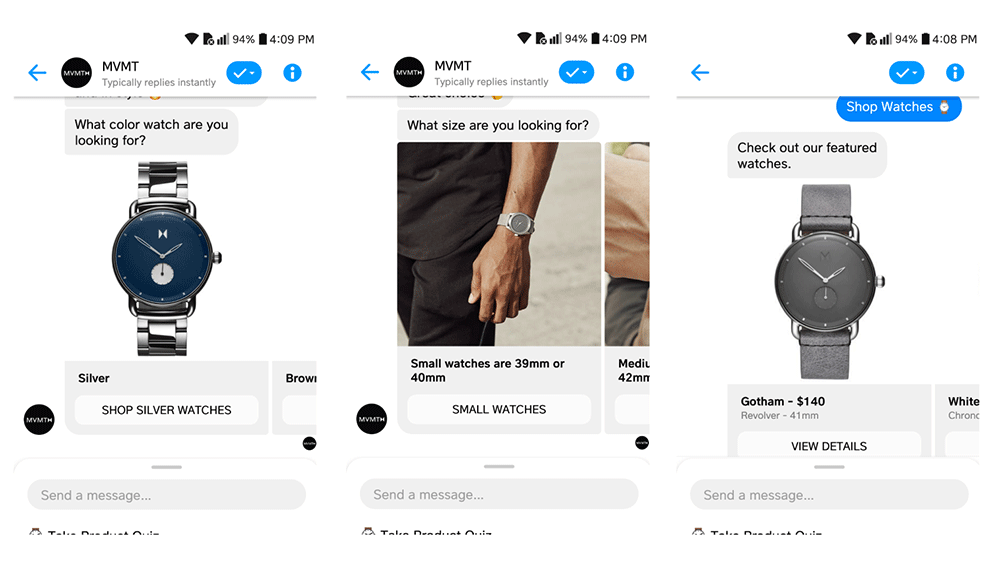
The paradox of choice when customers have too much to choose from, they quickly become stressed, overwhelmed – and don’t make any choice at all.
This is bad news for eCommerce stores that are selling lots of products. The best way around this is to create an interactive chatbot that helps your prospective customers figure out what it is they want the most, and how it will benefit them.
This is essentially a form of guided selling that’s powered by AI and designed to help shoppers make better decisions (rather than none at all). This boosts the buying experience and helps to build trust. Driven by Artificial Intelligence, chatbots are available 24/7 and they learn more about each customer with each interaction.
The truth is that utilizing AI in the eCommerce world is becoming increasingly important.
Hidden Fees and Costly Shipping Charges
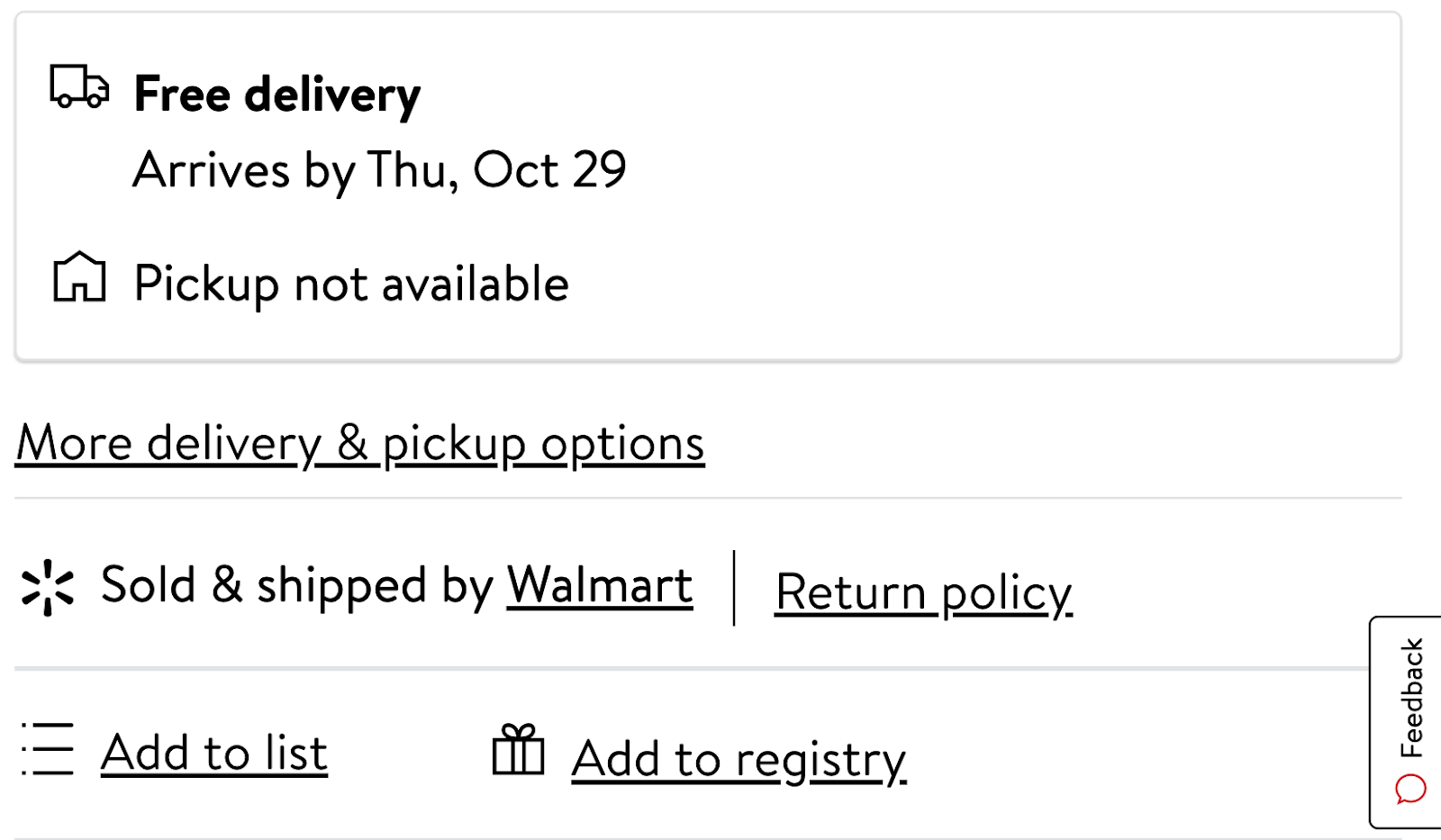
If there’s one thing that really irks customers, it’s hidden fees and costly shipping charges.
It’s crucial that you let your customers know exactly what they can expect in terms of fees and charges straight away. This is because they’ll already be working out a price in their head each time they add an extra item to their shopping cart.
If you then hit them with hidden fees that they weren’t expecting, the price changes all of a sudden – and this can cause them to back away because a certain level of expectation and trust was breached.
Costly shipping charges, meanwhile, are one of the prime reasons for cart abandonment.
Any hidden fees shouldn’t be hidden. Where shipping is concerned, however, it’s natural to feel apprehensive about offering free shipping all the time, especially since studies have shown that online shoppers are demanding more of it. The best way around this is to offer free shipping whenever a customer reaches a particular purchase threshold.
Trust, Security, and Privacy
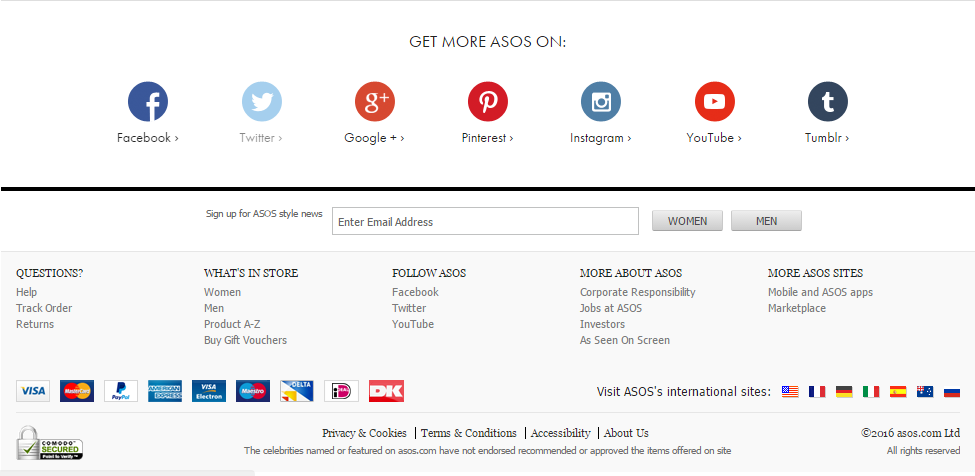
Cybersecurity threats aren’t going to go away anytime soon, and your customers are well aware that data breaches happen. When you can show prospective customers that your site is safe to use and that you will safeguard their data and privacy, their trust in you grows.
To improve trust in your eCommerce site, it’s a good idea to use trust seals and security certificates. A trust seal lets prospective customers know that your store is legit, whilst security certificates reassure them that you’re using a secure connection.
Make sure to draw up a jargon-free privacy policy, too, and display it on your site.
Considerations For HIPAA Compliant eCommerce
It’s well worth mentioning that if your eCommerce store sells health-related products and comes into contact with individuals’ personal protected health information (PHI), it will need to be in Health Insurance Portability and Accountability Act (HIPAA) compliance.
There are a few things you can do to get started, such as installing a HIPAA SSL certificate, having all of the data on your website encrypted, and ensuring your live chat is HIPAA compliant.
Limited Payment Options
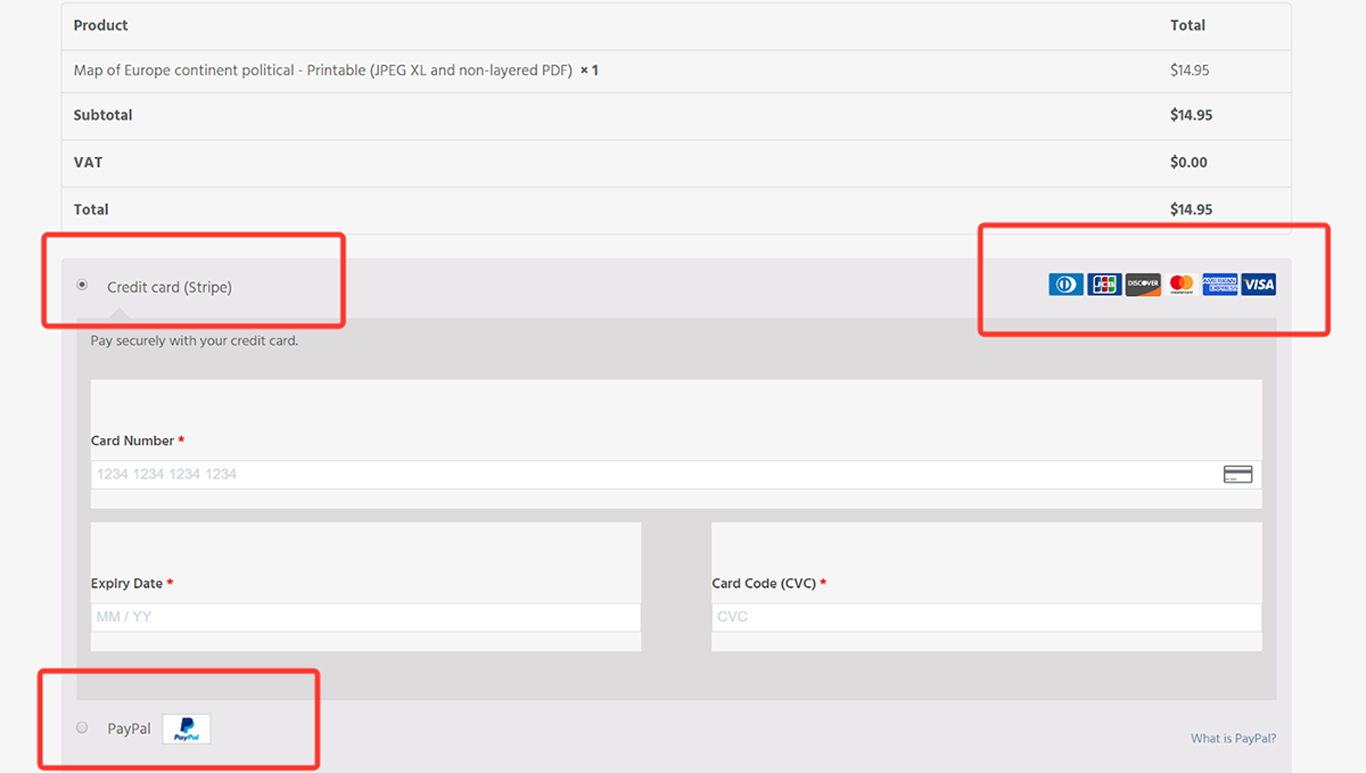
When it comes to online shopping, customers want a fuss-free payment process – but they also want to see their preferred payment method. This helps to build trust and it can reduce cart abandonment.
The simple fix is to understand what payment methods your customers prefer to use. This will allow you to offer inclusive options that build trust and ensure a smoother checkout process that results in more sales.
How do you know what payment options to offer? It’s a smart idea to add the most popular ones, such as credit and debit cards, PayPal, American Express, MasterCard, Stripe, and Square. You could also solicit feedback from your customers via surveys and polls to learn more about any payment methods you may have missed.
Difficult Exchange and Refunds Policies
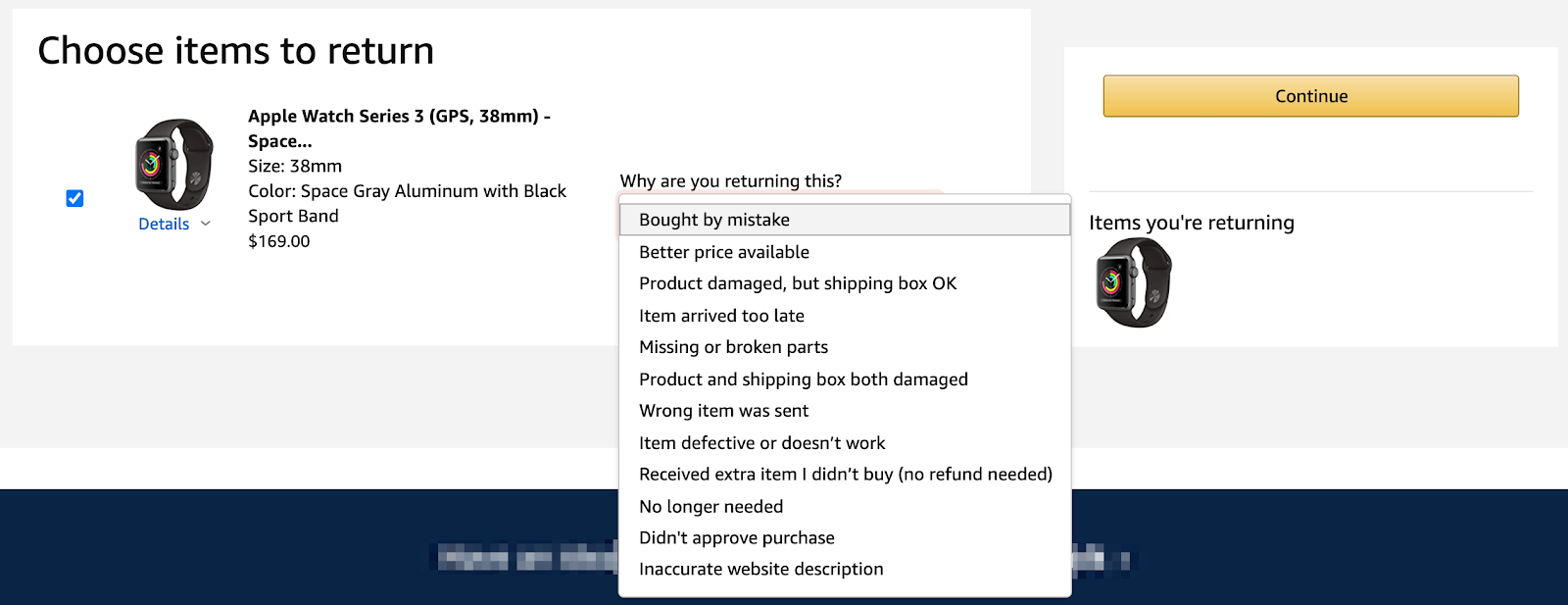
Returns happen. Rather than ignore it, it’s critical that you work on your exchange and returns policy. Because this move alone can reassure hesitant customers and push them closer towards a sale.
See, customers who are about to spend money online will want the reassurance that, in the event something is wrong with the product, returning or exchanging it will be a simple process. And, remember, self-service options for returns can save you and your customers a ton of time and effort.
Writing a clear and easy-to-read exchange and returns policy will require some time and effort. Do it anyway — it’s worth it.
Missing Product Information
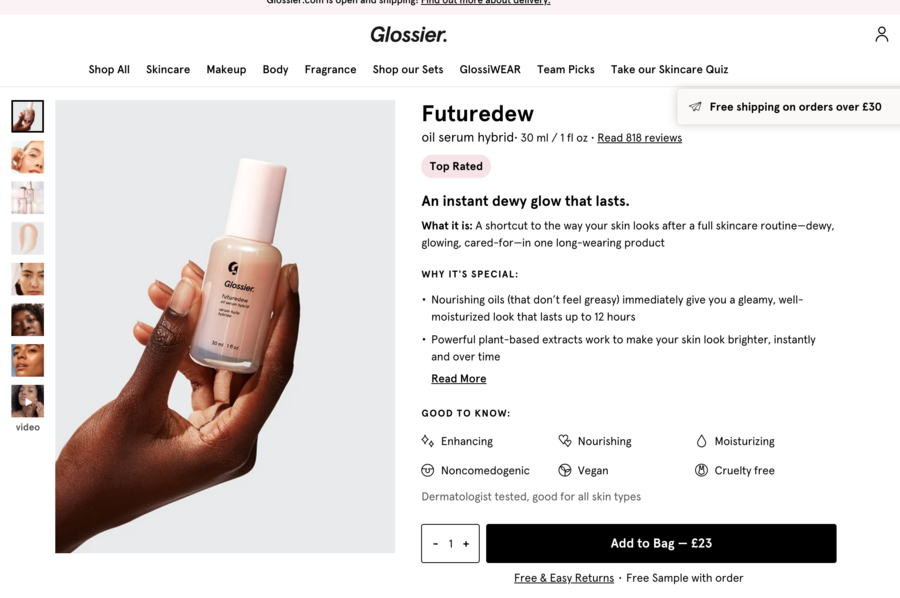
Before they make a purchase, customers want to be sure that what they’re about to buy is the right product. As such, they’ll require more information that fills in the gaps. Such as what the product is used for and how it will benefit them.
As such, it’s a smart idea to add a range of benefits to your product descriptions. Along with high-quality pictures and – where possible – even videos. And, don’t underestimate the value and power of testimonials and reviews.
No Personalization

Lastly, the key to good user experience in 2020 is a personalized experience, with 36% of consumers saying that online retailers still need to do more when it comes to personalization.
What is a personalized experience?
It’s simply when the store tailors its content and product offerings to specific customers. This shows the customer that the website truly cares about them and their experience. It also ensures a smooth, speedy, and hassle-free experience. In this way, it can also boost sales.
Here are 3 quick ways you can provide a personalized experience:
- Create dynamic content
- Launch retargeting campaigns
- Personalize product recommendations based on user preferences & past behavior
And, you don’t have to know your shoppers’ names and birthdays to personalize the content they see. Location and other data can be super helpful.
Wrapping Up
Identifying eCommerce customer pain points is the first step towards creating a seamless, satisfying user experience. The next step is to then put in place fixes that ensure your store gives people what they want. Thereby, boosting trust and – for you – profitability.
Author’s Bio
Ashley Kimler is the founder of CopyNoise, offering SaaS copywriting. She’s been working remotely in the tech space since 2014. Interested in getting her advice on your blog? She’s always looking for the opportunity to share her perspective with new communities! Follow @ashleykimler on Twitter to see what’s new.
